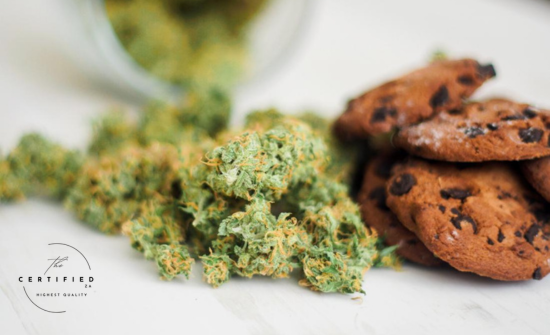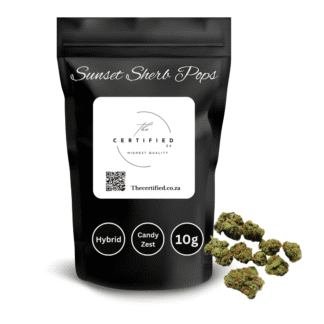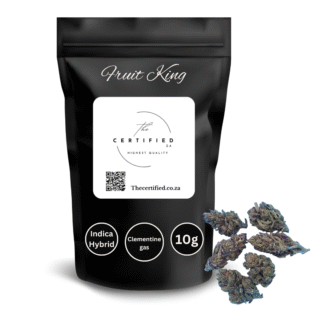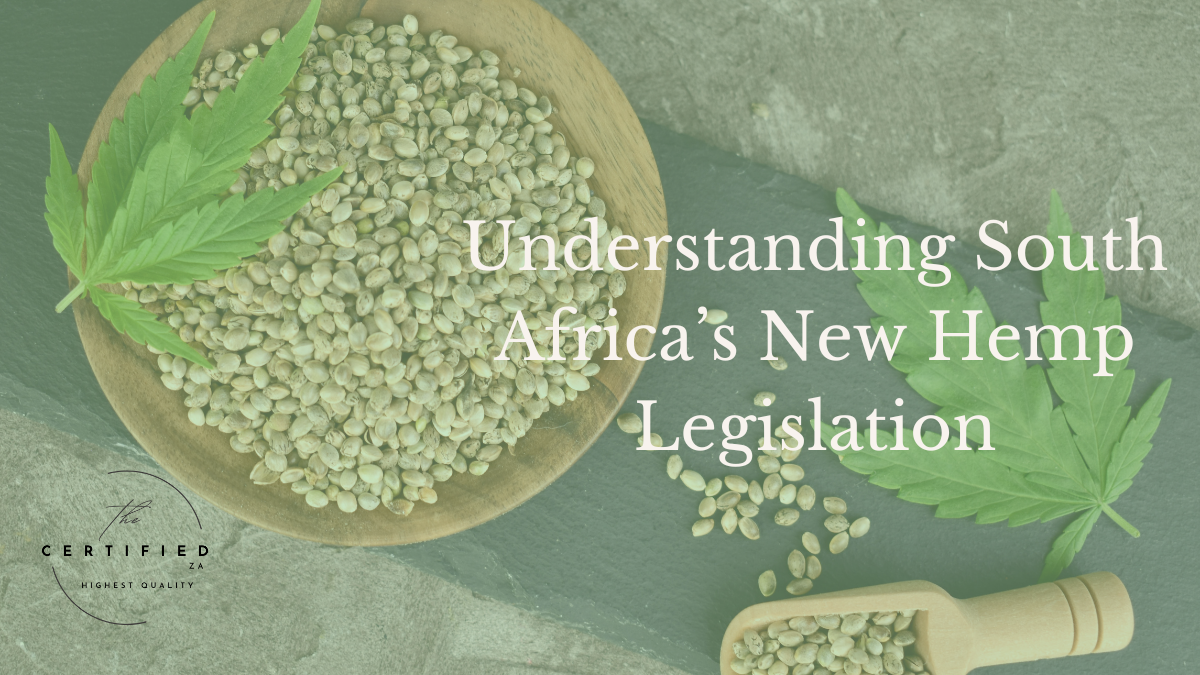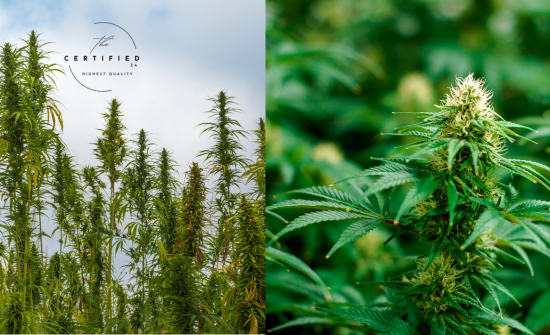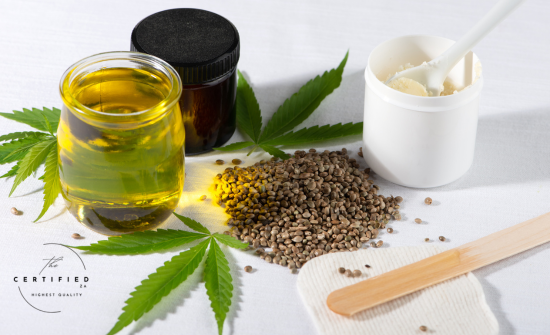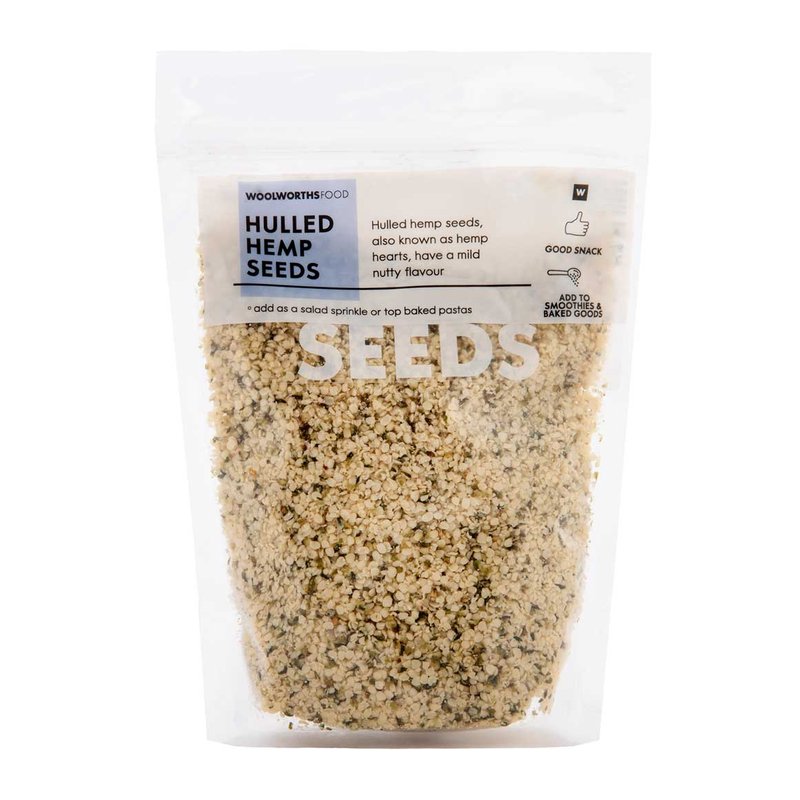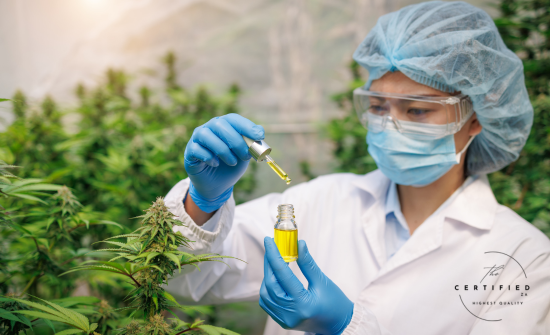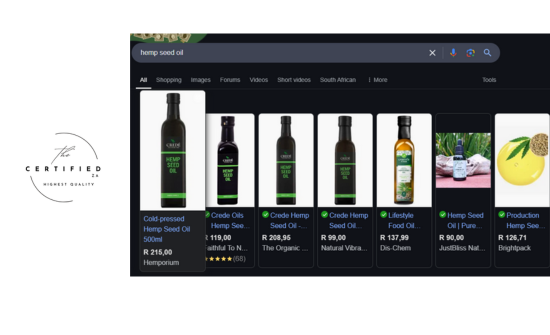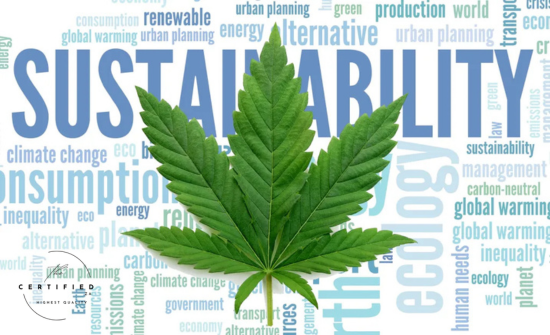
While good old-fashioned flowers remain a favourite for many, the world of cannabis concentrates is booming! Offering enhanced potency, unique flavours, and versatile ways to enjoy, extracts are rapidly gaining popularity among enthusiasts looking for a different kind of experience.
But stepping into the concentrates section can feel a little overwhelming with terms like “BHO,” “Rosin,” “Diamonds,” and “Sauce” flying around. What exactly are these, and which one is right for you?
Think of concentrates as capturing the very essence of the cannabis plant, particularly the cannabinoid and terpene-rich resin found in the trichomes. The main difference between the types lies in how that potent resin is separated from the plant material.
Let’s break down some of the most common types and how they stack up.
The Solventless Stars: Rosin & Bubble Hash
Some concentrates skip the chemical solvents altogether, relying on physical separation methods to extract that valuable resin. These are often celebrated for preserving the plant’s natural terpene profile and offering a pure, unadulterated experience.
- Rosin: This is a superstar in the solventless world. Rosin is made by applying heat and pressure to cannabis flower, hash, or kief. This simple yet effective method presses the sticky resin right out. Because no solvents are used, there’s no need for a post-extraction “purge,” making it a straightforward process. Rosin is loved for its natural flavour and is often described as having a thick, sap-like consistency, though textures can vary. It offers great potency, typically ranging anywhere from 50-85%+ cannabinoids.
- Bubble Hash (Ice Water Hash): Another solventless method that uses ice water and screens to separate the trichomes from the plant material. The plant matter is agitated in icy water, freezing the trichomes, which then break off and sink. The water is then filtered through a series of screens (or ‘bubble bags’) to collect the trichomes. The result is a crumbly, sand-like or powdery substance. Bubble Hash is potent and flavourful, and it can be enjoyed as is (sprinkled on flower) or pressed into high-quality rosin. It’s fantastic for preserving terpenes due to the cold process.
When we started using extracts as part of our cannabis routines, we made the conscious decision back then to only use Rosin when it came to the extract department. We never trusted the solvent extracts because of a lack of sophistication. This remains a thing to this day. I mean, you can read my “let’s stop backyard extracts” article.
The Solvent Journey: BHO and Its Many Textures
Butane Hash Oil (BHO) is one of the most common types of cannabis concentrates on the market, produced using butane as a chemical solvent to strip cannabinoids and terpenes from the plant material. While this method requires careful processing to remove any residual solvent (a process called purging), it’s widely used due to its efficiency and ability to produce highly potent extracts. Butane is very affordable and readily available. Because the process is done in a subcritical environment, normally at around -45 to -80 degrees, it allows for a high retention of terpenes and cannabinoids compared to Rosin.
BHO is incredibly versatile and comes in a range of popular textures you might encounter:
- Shatter: Known for its glass-like, brittle texture that easily “shatters.”
- Wax: A softer, more opaque concentrate with a texture similar to earwax.
- Crumble: A dry, crumbly texture that easily breaks apart.
These textures often result from variations in the post-extraction process, like whipping or temperature fluctuations during purging. BHO extracts are known for their high cannabinoid levels, frequently hitting 70-90% THC and even higher, offering a powerful experience. When done with sophistication, it has the potential to be almost spiritual in effect. The reality, however, is that due to butane’s affordability and availability, most try to do this themselves without the correct safety precautions or extraction protocols in place. Resulting in the extract that has residual gas in it, which is harmful, as well as the potential for explosions during the purging process.

Next-Level Potency Meets Flavour: Diamonds and Sauce
Taking potency and flavour to another level are concentrates like Diamonds and Sauce, often found together.
- THCA Diamonds: These are crystalline structures composed of almost pure THCA (tetrahydrocannabinolic acid), the non-intoxicating precursor to THC. When heated (like when dabbing), the THCA rapidly decarboxylates into highly potent THC, offering an intensely powerful effect. These crystals can be visually stunning!
- Sauce: This is the terpene-rich liquid often found accompanying Diamonds. While lower in cannabinoids than the diamonds themselves, the sauce is bursting with the aromatic compounds that give cannabis its distinct smell and flavour.
- Diamonds in Sauce: As the name suggests, this combines the two! You get the incredible potency of the THCA diamonds suspended in a flavourful terpene sauce. It’s a popular choice for those seeking both maximum impact and a robust flavour profile.
- Orbees: You might spot these unique crystal droplets in our selection! Orbees are a specific, visually appealing form of high-purity THCA diamonds, offering that same intense potency in a beautiful, translucent form.
Finding Your Perfect Cannabis Concentrates
The best way to figure out your preference is to explore! Consider what you’re looking for:
- Maximum Potency? High-testing BHO, Diamonds, or Oorbees might be your speed.
- Pure Flavour? Solventless options like Rosin and Bubble Hash excel here, as do terpene-rich Sauces or Diamonds in Sauce.
- Specific Texture? Whether you prefer a stable shatter, a malleable wax, or a crumbly crumble, there’s a concentrate texture for you.
Each type offers a unique experience, from the terpene preservation of solventless extracts to the high potency and diverse textures of BHO. Don’t hesitate to ask us about any questions you have – we’re here to help you explore the exciting world of cannabis concentrates and find the perfect fit for your preferences.
Stop by and discover your next favourite way to experience cannabis!


























